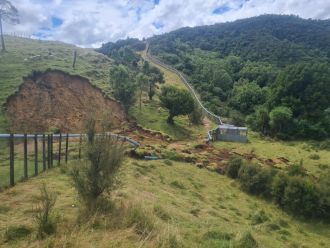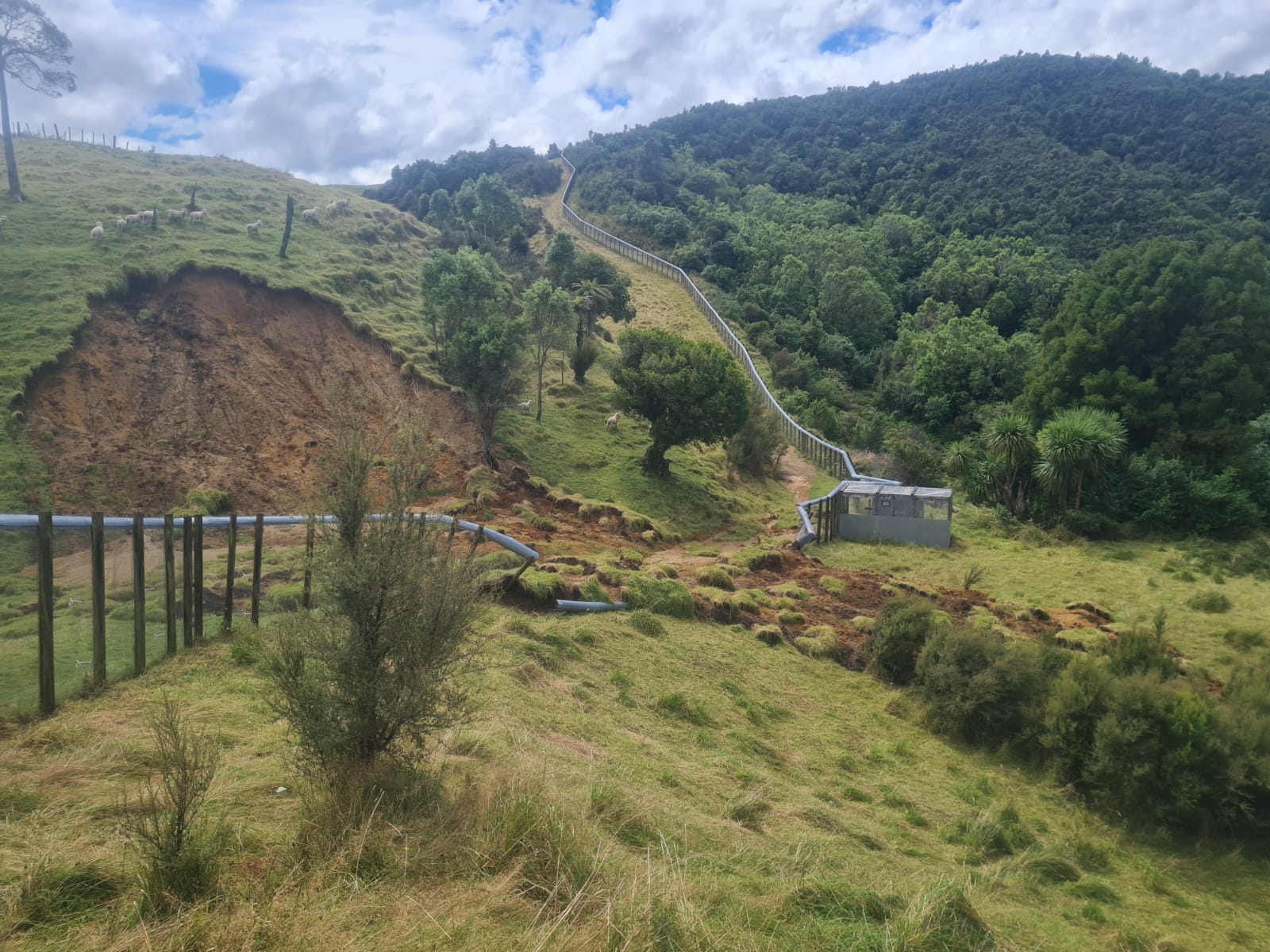Media release
From:
MEDIA RELEASE: Impacts of Cyclone Gabrielle on ecosanctuaries
In February 2023 Cyclone Gabrielle struck the upper North Island causing widespread destruction. As well as directly affecting ecosystems and species, the cyclone also damaged the conservation infrastructure and activities that support them, including ecosanctuaries.
Ecosanctuaries are large-scale ecosystem restoration projects that play a vital role within Aotearoa’s conservation infrastructure. They provide a refuge for local biodiversity, including some of our most threatened species, and are closely connected to local communities.
Following the cyclone, ecologists Dr Warwick Allen and Dr Sarah Richardson, from the Bioeconomy Science Institute, Manaaki Whenua – Landcare Research Group, interviewed representatives of 65 ecosanctuaries throughout the North Island and asked them to describe how their project was affected by Cyclone Gabrielle, including the different types of cyclone damage and impacts on conservation activities. The full results have just been published in the New Zealand Journal of Ecology.
Damage from wind (91% of cyclone-affected ecosanctuaries) and erosion (85%) was widespread, followed by flooding (45%) and sediment deposition (36%). Multiple impacts on conservation infrastructure or activities were experienced by 63% of ecosanctuaries. Of particular concern, 50% of cyclone-affected ecosanctuaries with pest exclusion fencing suffered at least one breach, with rapid pest incursions detected in three out of the five cases of fence damage. Impacts on other infrastructure (e.g., buildings, roads, tracks) were widespread and often accompanied by disruption to pest management, native species monitoring, and restoration plantings.
The interviewees stated that some of the cyclone damage was likely to lead to longer-term issues, including lost access to management areas, sustained reductions in pest management efficiency and conservation workforce capacity, and opportunity costs associated with recovery instead of progress. Some reassuring findings did emerge from the post-cyclone mess. Considering the overarching goal of ecosanctuaries to protect and restore Aotearoa’s ecosystems and biodiversity, the network of ecosanctuaries collectively weathered the storm. It was encouraging that no local extinctions were reported, and there was a steely resolve to rebuild through new and existing conservation projects. However, with the severity of extreme weather events expected to increase, this resilience will continue to be tested and adequate resourcing is needed to ensure the ongoing protection of indigenous ecosystems and species.
Multimedia




 New Zealand
New Zealand


